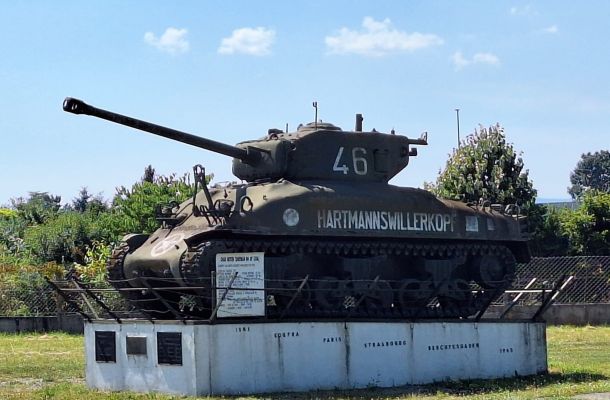When the French 104th Division was assigned to hold a 30-mile stretch of front, they faced an impossible mission. Made up of just eight battalions, they were vastly overextended. To put this into perspective: at the time, a properly defended fortified line would require nine battalions for every 13 miles. The math simply didn’t add up.
The Maginot Line was never meant to fight alone. Its forts were designed to be supported by a robust network of air defense, artillery cover, and a mobile field army. But when the critical moment came, none of those assets were truly there. Eighty-five years ago, the French garrisons found themselves isolated — holding their bunkers with limited troops and hardly any of the promised support that had been key to the entire defensive plan.
And when you stand in these places today, or even just read the stories, you begin to appreciate the human reality behind these dry numbers. Especially for those of us who come from countries far away, raised on our parents’ and grandparents’ stories and having watched countless documentaries, seeing the scale of what was asked of these men is profoundly moving.
History comes alive in the details — the too-few battalions, the missing artillery, the empty skies. They remind us that this isn’t just something that happened in books or on television. It happened to real people, on these hillsides and in these forts, and their courage under impossible circumstances deserves to be remembered.
